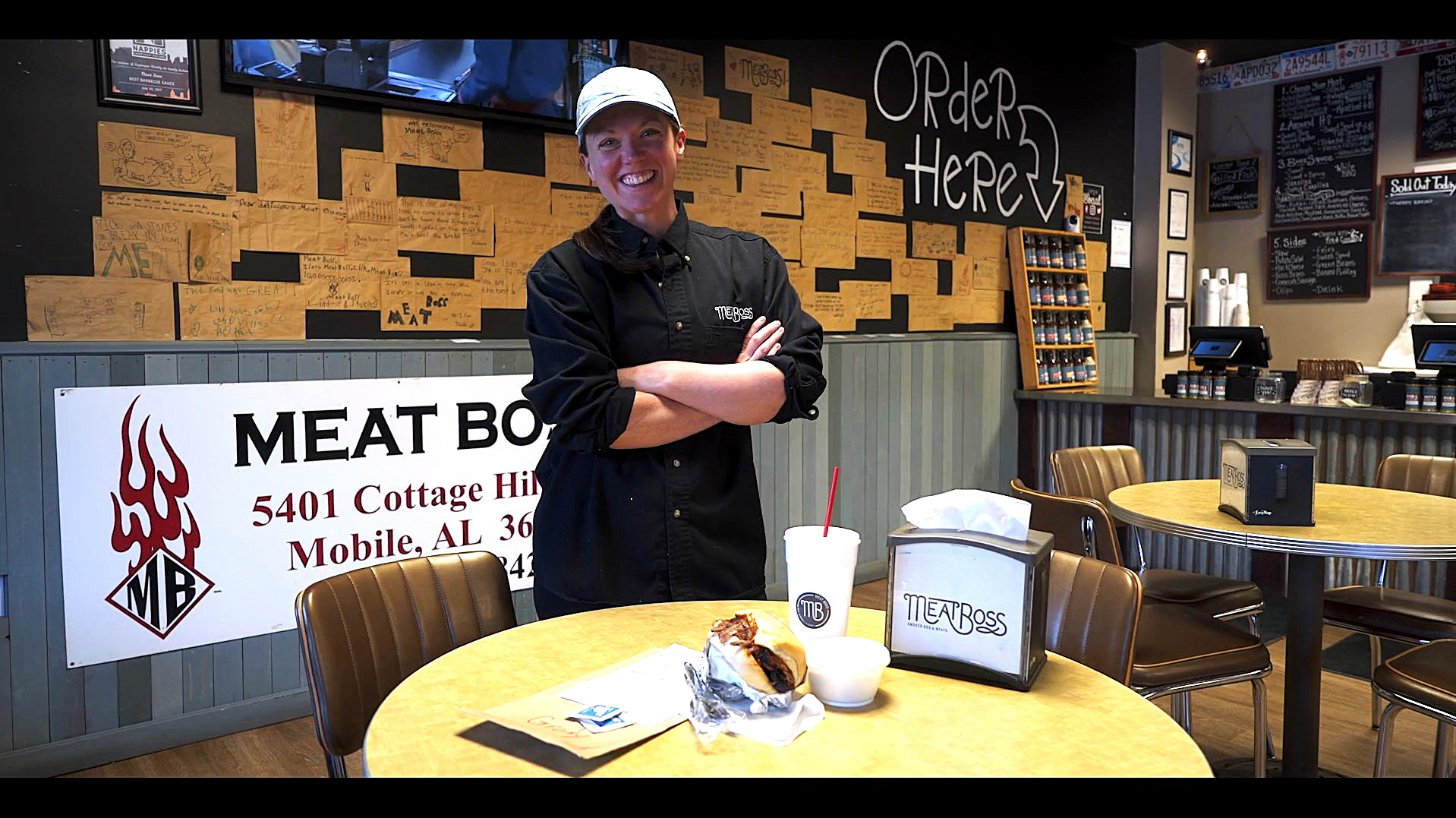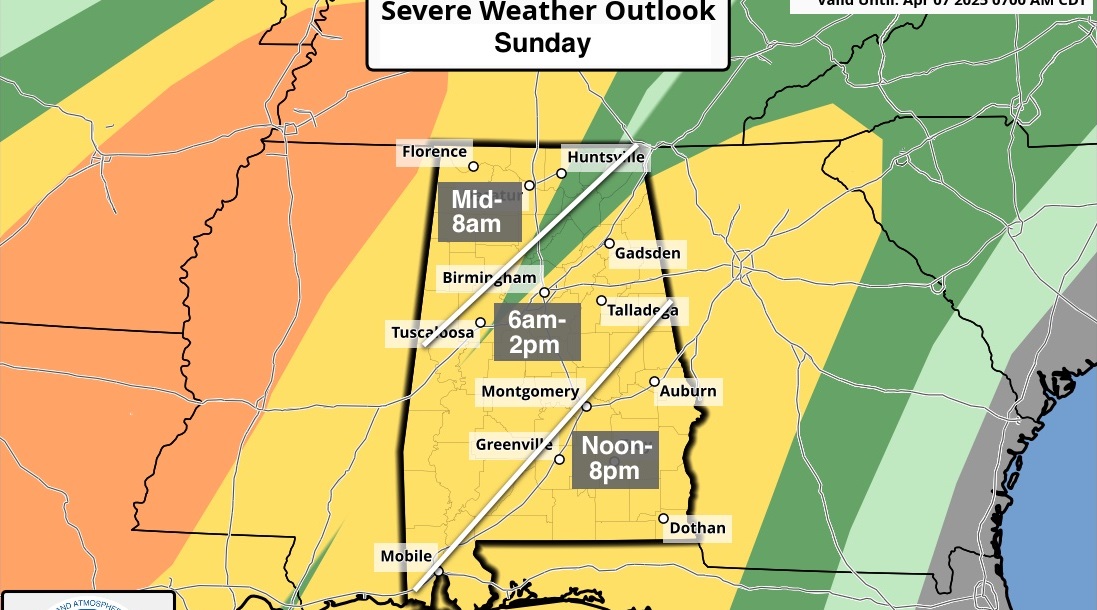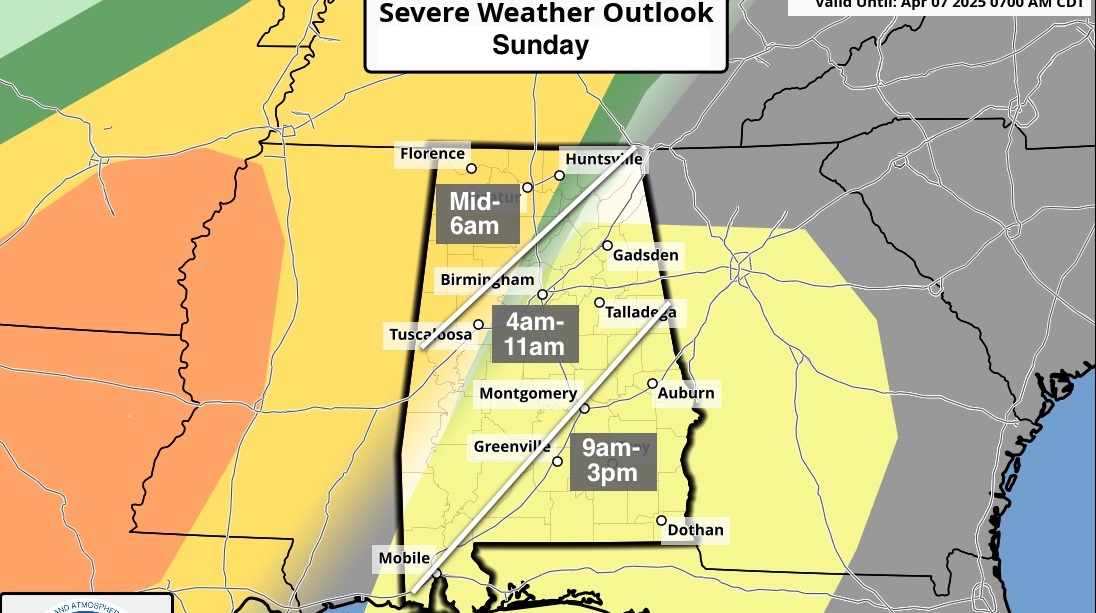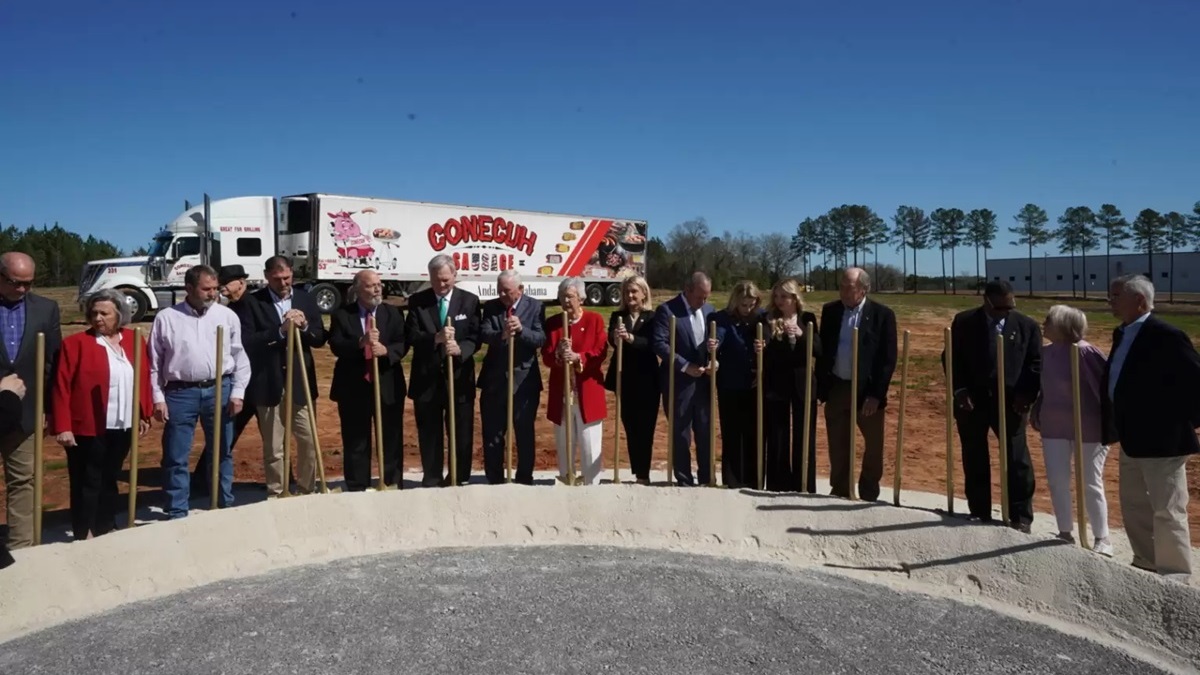COVID-19 has changed Alabama’s industry and workforce landscape

The economic damage caused by the COVID-19 pandemic has not changed Alabama's goal of adding 500,000 skilled workers by 2025. (Getty Images)
The human toll of COVID-19 is unprecedented in Alabama, and businesses of all sizes have taken a shellacking due to the pandemic. As such, our tactical focus for workforce development has transitioned from filling positions in the tight labor market we enjoyed in February to pandemic response, incumbent worker training and dislocated worker training today.
The future of work has accelerated 10 years in three months.
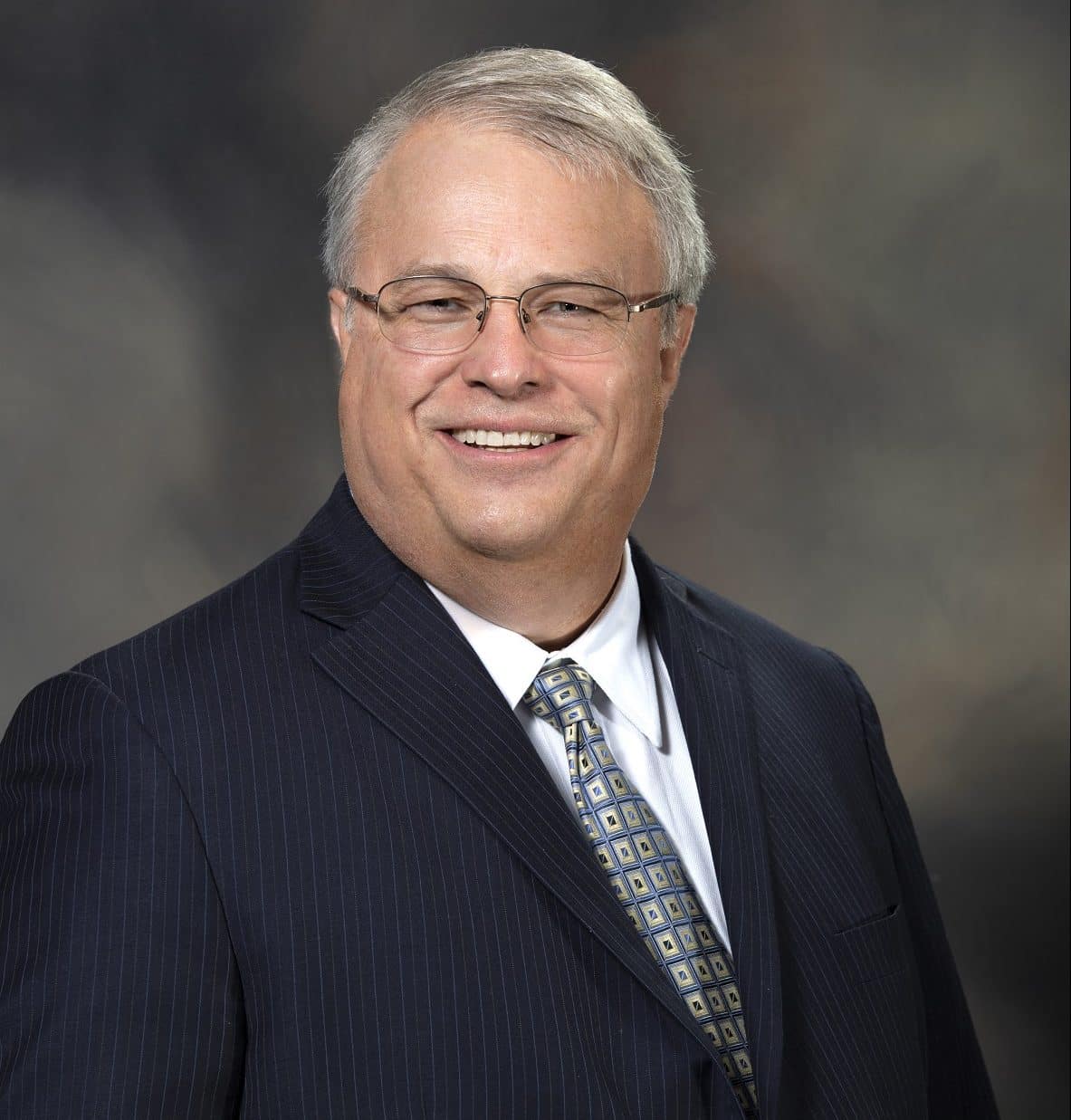
Tim McCartney is chairman of the Alabama Workforce Council. (contributed)
The Alabama Workforce Council (AWC) is working with Gov. Kay Ivey’s administration and partners across the state to share best practices, key facts and resources for employers, employees and those who have been recently unemployed.
While the immediate focus of our efforts has transitioned to workforce recovery and response to COVID-19 through our work with informational webinars, workforce recovery surveys and resources for businesses (all available online), the AWC and AlabamaWorks! remain committed to the governor’s goal of adding 500,000 highly skilled workers to Alabama’s economy by 2025. Notably, in these uncertain times, this goal has not changed.
Creating a highly skilled workforce and resilient economy, even one that will be recovering for the foreseeable future, is necessary for Alabama’s economic vitality. For those who have become unemployed or underemployed due to COVID-19, reskilling or upskilling now can lead to sustainable in-demand career pathways that produce measurable benefits in the future.
Success Plus, the formal name for the governor’s postsecondary education goal, outlines the need by 2025 to add 500,000 Alabamians prepared for in-demand, high-wage careers to the workforce by obtaining credentials, certificates or degrees in addition to a high school diploma. More must be done to create stackable pathways that allow individuals to earn credentials through career-specific education and shorter-term programs that prepare them for immediate employment and future advancement.
To this end, Alabama has established a quality-assurance process for credentials through the Alabama Committee on Credentialing and Career Pathways (ACCCP). The ACCCP is tasked with identifying in-demand occupations in Alabama, developing competency models and career pathways for each of the in-demand occupations, and identifying related credentials of value associated with each of the in-demand occupations.
AlabamaWorks – Answers :30 from AIDT Productions on Vimeo.
Additionally, on June 8 the Alabama Workforce Council launched the Governor’s Survey of Employer Competencies, which will survey employers in each sector and region of the state to assist the ACCCP with identifying these in-demand occupations, as well as the related competencies and credentials of value aligned to those occupations.
The survey is being conducted June 8-15 and, going forward, will be conducted annually to assist the ACCCP’s 16 Technical Advisory Committees (TACs) with their work of linking credentials of value to one or more specific competencies needed for a job.
Ultimately, this will allow employers to create competency-based job descriptions that list the skills required for a job, rather than using associate or bachelor’s degrees as placeholders. Therefore, it is vital that employers of all sizes, and from each industry sector, provide responses to the survey. The TACs will receive the results of the Governor’s Survey of Employer Competencies at the June 17 ACCCP meeting.
AlabamaWorks – Sunrise :30 from AIDT Productions on Vimeo.
It is clear that much work remains to be done. COVID-19 adds challenges to our ultimate goal, but the Alabama Workforce Council and AlabamaWorks! know that – regardless of the pandemic – clearly identifying in-demand jobs, with their related skills, and facilitating more opportunities for high-skill, high-wage careers is now more important than ever.
To learn more about the Alabama Workforce Council’s response to COVID-19 and to learn more about the governor’s vision for creating 500,000 highly skilled workers by 2025, visit AlabamaWorks!
Tim McCartney, formerly of McCartney Construction in Gadsden, is the chairman of the Alabama Workforce Council.


